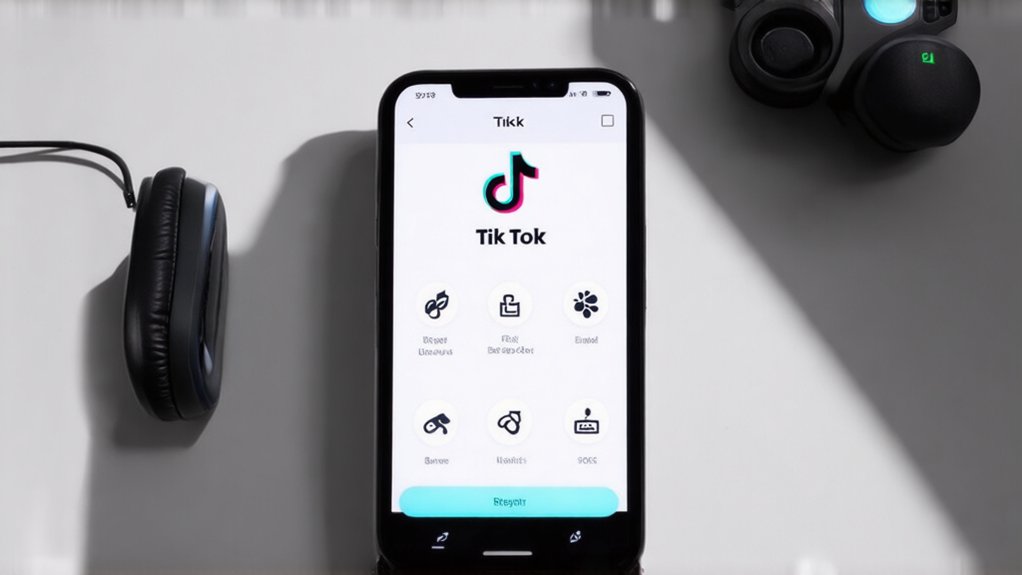Italian newspaper Il Foglio stunned the media world by launching an entire edition written by AI—a first for daily newspapers globally. The month-long experiment featured a four-page daily insert created entirely by artificial intelligence, specifically a version of ChatGPT. Sales jumped 60% on day one. Not bad for a robot with no journalism degree.
Italian newspaper makes history with AI-written edition, boosting sales 60% on debut day.
Here’s how it worked: human journalists fed prompts to the AI, specifying topics and desired tone. Then the machine did its thing—generating headlines, articles, even letters to the editor. Humans supervised but didn’t write. The AI pulled information from its internet-trained brain and somehow managed to mimic Il Foglio’s distinctive style.
The content wasn’t half bad. International politics, economics, fashion stories—the AI covered it all. Articles were grammatically correct and followed proper journalistic structure. Sometimes the writing seemed mechanical, but other times it was surprisingly clever. The machine even showed a genuine sense of irony when prompted. Who knew algorithms could be funny?
Editor Claudio Cerasa wasn’t trying to replace his staff. The experiment aimed to test AI’s capabilities in journalism, not kick writers to the curb. And the results? Mixed. While the AI wrote well, what it produced wasn’t really journalism. No firsthand quotes. No nuanced understanding. No human touch.
The experiment revealed clear limitations. AI content sometimes lacked depth and emotion. Some outputs contained errors—misspellings in generated images, factual inaccuracies. The experiment highlighted that AI fundamentally lacks journalistic qualities like conducting interviews or verifying sources. The team intentionally left some mistakes visible as a learning experience.
Journalists found themselves in new roles—prompt engineers rather than writers. They asked questions instead of crafting sentences. The human element remained vital in editorial direction and creativity.
In the end, Il Foglio’s experiment suggested AI might serve as a useful newsroom tool but not a replacement for human journalists. It could even revitalize journalism by pushing writers to be more creative. One article on Donald Trump particularly demonstrated how AI tends to produce bland content without unique angles. The robots are coming, but they’re not taking all the jobs. Not yet, anyway.




